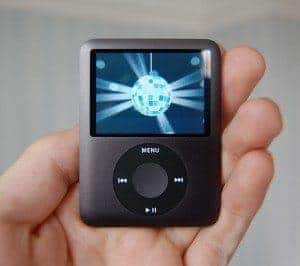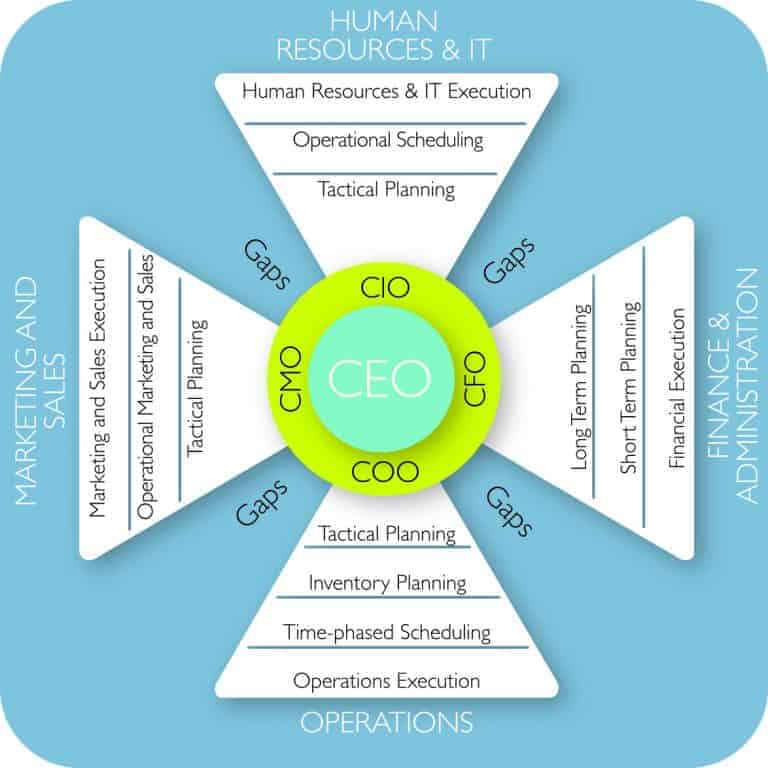For Efficient Product Development
This article is an extract from The Five Star Business Network, written by

Vivek Sood
“It’s really hard to design products by focus groups. A lot of times, people don’t know what they want until you show it to them.” Steve Jobs (1955 – 2011), Business Week, May 25 1998
“In most people’s vocabularies, design means veneer. It’s interior decorating. It’s the fabric of the curtains of the sofa. But to me, nothing could be further from the meaning of design.
Design is the fundamental soul of a human-made creation that ends up expressing itself in successive outer layers of the product or service.” Steve Jobs (1955 – 2011)
Electronics Product Development

When Apple first launched its iPod music players in November 2001, no one had an inkling what it would lead to in a decade’s time.
The first salvo that Apple fired in what eventually became a market domination of the mobile phone market, did not look like a mobile phone at all.
Ipod_nano_in_palm-300x266Indeed, none of the mobile phone players –
whether market leaders such as Nokia or Ericcson or followers such as Samsung, Siemens, LG, and many others – displayed any sign of discomfort at the launch of iPod.
The entire battle of iPod and iTunes was fought on the turf of the music industry’s drive to save itself from $0.99 per tune pricing policy of Apple.
Fire-Aim-Ready Innovations keeps your competitors guessing your intentions
Ironically, an industry which was half decimated by music piracy was busily fighting the very network which could save it – while the industry that would eventually be decimated was cheering on.
When the iPod first came out, all the competing products in the market were clunky, large and erratic in their functioning.
Transferring music files from CDs to computer to digital music devices was a major task, and piracy and peer-to-peer sharing was rife on the internet.
Many observers doubted the wisdom of selling tracks on iTunes when they were freely downloadable on the internet.
With its white headphones, small form factor, easy to use interface, user friendly computer link to both Mac and Windows, iPod quickly became an epitome of ‘cool’ from 2001-2006.
As successive versions of iPod were issued (we will cover version update in much more detail in Advanced Product Phasing) newer features, more capacity,
updated iTunes software for computers were introduced luring the customers to buy many more versions of iPod. Newer products in the same genre – iPod mini, iPod Nano, iPod shuffle, iPod Touch –
were introduced to further capture the market, each with its own round of successive generations.
Each step in the Fire-Aim-Ready Innovation generates multiple platforms for future innovation
Apple was making huge inroads into the hearts and minds of the customers – especially non-Mac users who had no previous experience with the iconic brand.
At the same time it was gaining expertise, knowledge and experience in small portable gadgets learning how consumers interacted with these,
learning what the missing pieces in the existing gadgets and most were importantly building key connections with the network of suppliers,
developers and other network participants who would eventually make the iPhone a resounding success. Meanwhile, smart phones were becoming popular with consumers and Blackberries with the corporate markets
When Apple fired its second salvo in the battle for mobile phones, it was still not fully ready in the traditional sense.
For example, most corporate IT barons scoffed at the idea of using iPhones for corporate emails and networks because of the missing security features.
Even the cameras on the first version were far more basic than those on the other smart phones on the market at that time.
However, the first iPhone was still an outstanding success which can be attributes to its massive consumer following from iPods, its ‘cool’ advertising, far superior user experience,
reputation for delivering on its promise, and a number of sticky and unique features which were marketed very well.
Selphone Product Development
Behind the scenes, Apple had already assembled an outstanding network of suppliers ranging from Foxxcon – the Chinese assembler to Fingerworks – the developer of the then unique touch screen software to the ARM the licenser of the CPU.
Working closely in a huddle with these suppliers, who were each sworn to secrecy, Apple retained its leadership position in product development time compared to its competitors by outpacing them significantly, while at the same time raising the product quality to level that leapfrogs the competitors.

Its innovations were truly disruptive in the industry, even though it always leapfrogged the competitors rather than take the low road to disruption as suggested by Clayton Christensen in his theory.
The disruption in the industry is evident from the fact the RIM – the maker of Blackberry – is now on the ropes unsure of its own financial future.
If this article interested you, you can read more in the book





